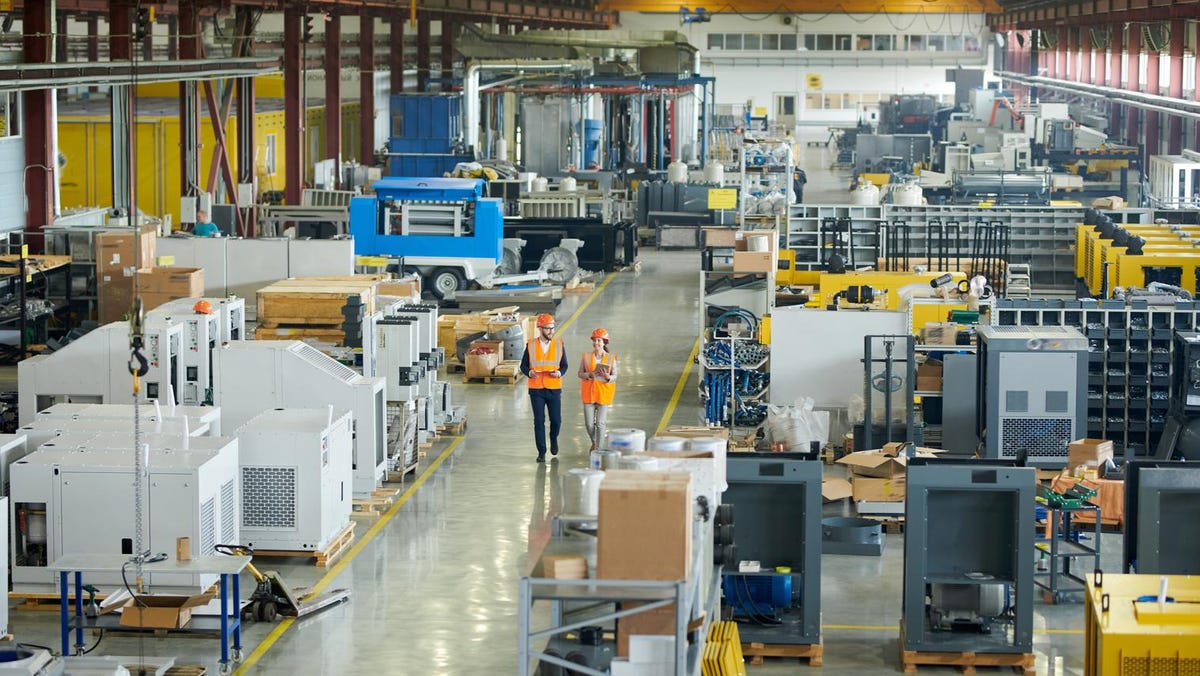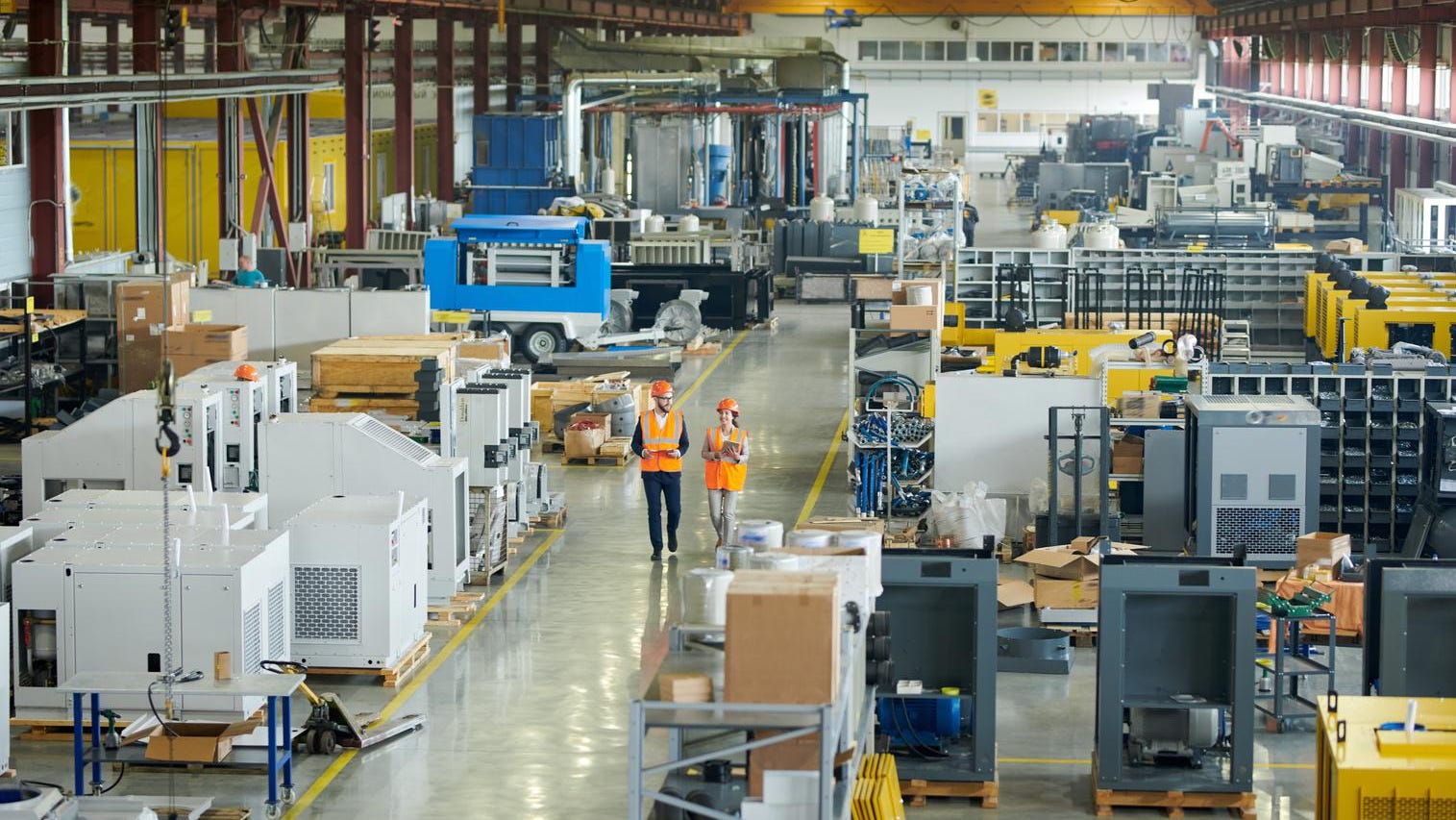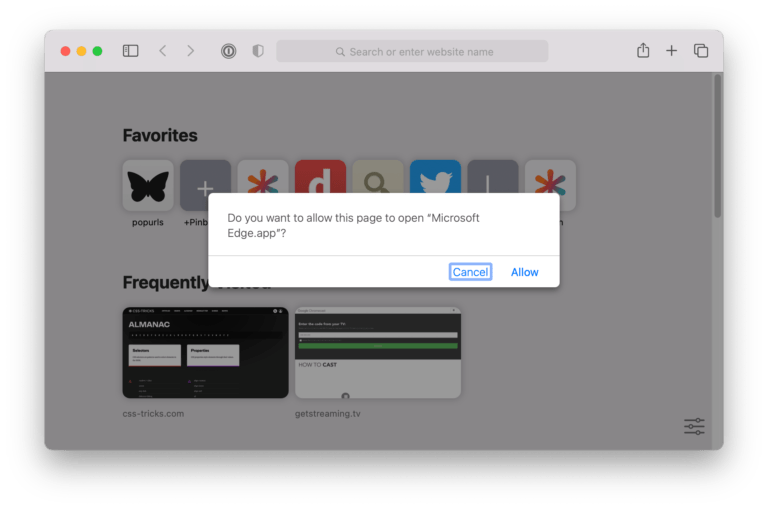
Research shows companies are not getting the full value from cloud services as simple “lift and shift” efforts are not enough.
Cloud-native applications liberate manufacturing companies to focus on adding value to the business while empowering them to become more productive, sustainable, secure, and streamlined.
getty
Manufacturers face increasingly overwhelming challenges: demanding customer expectations, skyrocketing costs, sustainability concerns, and rapid disruption—most recently from the pandemic. Manufacturing companies are already investing heavily in the cloud: 83% have a cloud strategy in place, regardless of their region or sub-sector, and around a fifth are going all in on pioneering factory-related innovation. Still, most companies are struggling to realize the expected cost savings and business value.
Manufacturers that have spent years tied to enormous on-premises systems may be able to “lift-and-shift” many services to the cloud, but they won’t go any farther unless they’re prepared to fully re-architect everything from application architecture to production operations to the entire development life cycle.
So, what can manufacturing organizations do to re-architect for cloud innovation and unlock success in an Industry 4.0 world?
Why cloud-native apps matter for manufacturers
Table of Contents
Though scale is one of the primary benefits of cloud, the real magic happens when an organization can fully embrace the velocity and agility it brings to the table.
Specifically, manufacturers need to leave behind the “monolithic” mindset, where applications are built, tested, and deployed as a single unit. Instead, the future lies with building and running applications to take full advantage of cloud computing by adopting a cloud-native approach—even if those apps are running on-premises or running on hybrid cloud environments.
Cloud-native app development involves:
- Decomposing complex systems into small, reusable, and independently deployable container-based microservices.
- Automating infrastructure, application delivery, scaling, and recovery to increase the resilience and performance of a system.
- Embracing managed services to relieve teams of the strain of managing backend software and infrastructure.
This shift enables application data and functionality to be reused, combined, secured, and adapted to changing business needs. A cloud-native approach aims to provide a consistent developer and management experience, regardless of where components may live.
Building cloud-native apps—not just “going to the cloud”—carries a wide range of benefits that extend well beyond IT flexibility and scalability. McKinsey estimates the cloud’s value in IT amounts to just 5% of the cloud’s total potential value—the other 95% lies in business-related functions, from product research and development to IoT-enabled production systems on the factory floor to improved workforce training.
Cloud-native principles naturally enable sharing and analyzing data across an entire organization. In this environment, the cloud becomes a central repository for all the data flowing in from machines, sensors, programmable logic controllers (PLCs), and other applications in the cloud. When all systems and assets are connected, manufacturing companies are provided with data that is standardized, contextualized, and analyzed at scale to enhance the entire operating model.
Instead of fragmented systems that fail to provide useful data, the cloud-native factory becomes a central data source that will generate insights and predictions that improve manufacturing-line efficiency, product quality, and machine downtime. Companies will have all the information needed to apply cutting-edge cloud services to predict machine maintenance on the floor, improve production throughput via more granular performance management, and even intelligently spot defects earlier in the manufacturing process.
Related: How to check all the right boxes for your cloud migration before you get started
Key practices for manufacturers
Of course, cloud migration does not equate to digital transformation by default. Real transformation occurs when manufacturers can fundamentally change key aspects of their process, people, technology, and the data they use to drive new business strategies. And when faced with the complexity and expense of achieving fully cloud-native architectures after they have lifted and shifted—many companies stall.
That’s why it’s important to “move and improve” when re-architecting systems to unlock cloud value and benefits, while balancing the need to keep some core workloads running on-premises. For example, a Strangler Fig pattern approach allows teams to create new cloud-native digital services and applications while still talking to the original legacy application, so they understand how everything works before attempting to shift existing functionality.
Focus on new functionality rather than trying to reproduce what you already have in place. It’s best to keep the scope narrow, so you can deliver something to users in weeks, not months.
getty
Here are four important guidelines for successfully re-architecting in manufacturing:
1. Reconsider what data needs to live where
It’s common to migrate applications gradually over to the cloud, meaning some of your workloads may still be on-premises while others are running in the cloud. This is especially true for manufacturers, who have a significant IT footprint in branches or plants due to latency considerations or precautions against network failures to assure continued operations. Unifying as many data sources as you can in a data lake can help feed advanced analytics and AI tools that pave the way for major maintenance, production, and quality improvements.
Related: Converging architectures: Bringing data lakes and data warehouses together
2. Deliver new functionality fast
Focus on new functionality rather than trying to reproduce what you already have in place. It’s best to keep the scope narrow, so you can deliver something to users in weeks, not months. This allows teams to quickly learn how to use new services to deliver new features, experiment with new digitized ways of working that will add more value, and communicate good practices you’ve learned through actually working with cloud native architecture.
3. Take advantage of hybrid cloud
Leverage your cloud platform’s native services whenever possible to streamline implementing more complex technologies, such as manufacturing vision systems. Hybrid cloud architectures make it easier to use both on-premises and cloud resources, such as machine learning models for training algorithms or monitoring deployed models from an integrated system, to improve the accuracy and performance of advanced applications.
4. Design for autonomous, loosely-coupled teams
According to Google Cloud research, teams who can test and deploy their own services are more likely to have high software performance—the ability to deliver reliable, highly available services multiple times per day. It is crucial to ensure that architectures enable teams to work autonomously and on demand, without relying on other teams to make decisions or take action.
Getting your teams started
Cloud-native applications liberate manufacturing companies to focus on adding value to the business while empowering them to become more productive, sustainable, secure, and streamlined. And while it is a massive undertaking—it doesn’t have to be a multi-year, big-bang project.
Manufacturers can start now by finding a team that can get started with a proof of concept and then begin to spread it across the organization. Adopting a move-and-improve approach will make re-architecting for the cloud an easier, more efficient, and fulfilling process that will eventually deliver all the cloud benefits that power innovation, reduce costs, and speed time to market.
For a technical checklist on migrating workloads to the cloud, get our free guide. If you’re an SAP shop, learn how Google Cloud enables a digital factory for SAP manufacturing customers. For news and updates on Google Cloud products and services for the manufacturing industry, visit us on the blog.







